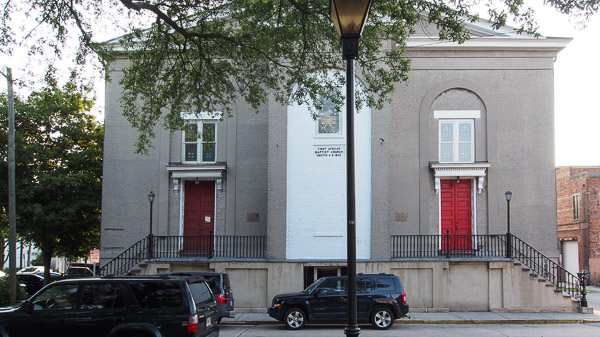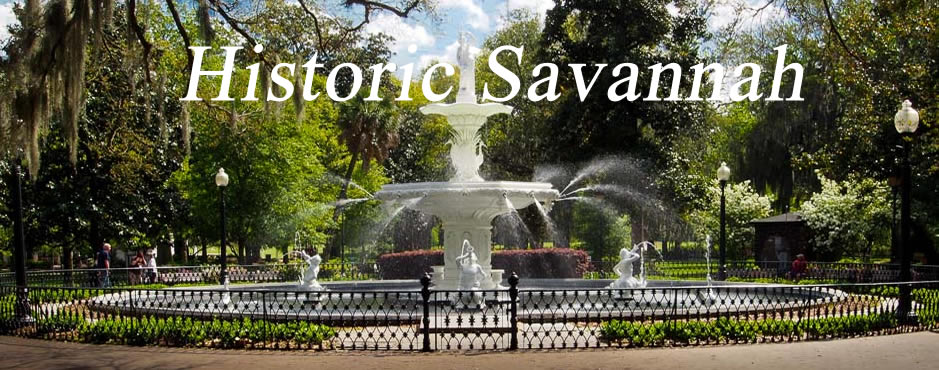 First African Baptist Church
First African Baptist Church
First African Baptist Church
 First African Baptist Church
First African Baptist Church
First African Baptist Church
Savannah, GA 31401
Tuesday - Thursday: 11:00a & 2:00p
Sunday: 1:00p
The sanctuary is not open outside of the guided tour times.
A reservation is requested for groups of 10 or more.
The First African Baptist Church is the oldest continuously active African-American Church in North America. The First African Baptist Church was organized in 1773 under the leadership of Reverend George Leile.
George Liele, a Virginia-born slave, began making missionary visits to plantations up and down the Savannah River after he was baptized at his master’s Baptist church. In 1777 Liele was freed to preach the gospel to slaves and formed the First Colored Church of Savannah the following year. He was ordained as the first pastor of the church that was renamed the First African Baptist Church in 1882.
The present building dates from 1859-1861 and was built by members of the congregation, many of whom were slaves. It is said to be the first building constructed of brick in the State of Georgia that was owned by African Americans. The beautiful stained glass windows depicting George Liele and other early church leaders were installed 1885. The original lectern and pews are still in use.
The light fixtures, baptismal pool, and 1832 Pipe Organ are all original to the church. The light fixtures were originally gas at one time, but were later converted into electricity. The solid oak pews were installed in the main sanctuary during the early 1900’s. The pews located in the balcony are original to the church. These pews were made by slaves, and are nailed into the floors. On the outside of the pews are markings written in the African dialect known as “Cursive Hebrew”.
The ceiling of the church is in the design of a “Nine Patch Quilt” which represented that the church was a safe house for slaves. Nine Patch Quilts also served as a map and guide informing people where to go next or what to look out for during their travel.
The church was a haven for runaway slaves during the turbulent years of the Civil War. Beneath the lower auditorium floor is another finished sub-floor which was used to hide runaway slaves. This area was known as the “Underground Railroad”. The entrance to the Underground Railroad remains unknown. After leaving the tunnel, slaves would try to make their way as far north as possible. There are no records as to who went through the tunnel or how many. Today, you can still see the air holes in the basement floor.

